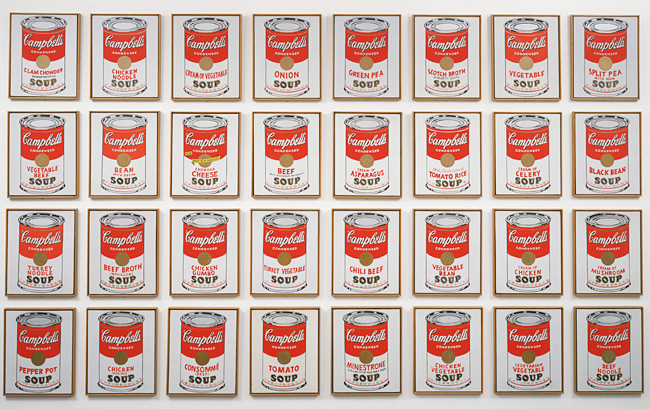Part 1
Jeff Koons has become a trademark for what not to do. He has been sued, slammed and reported on from since the 1980’s when he first copied Art Rogers Postcard ‘Puppies’ into a life-sized polychromed wood sculpture named ‘string of puppies’ in 1988. Issues revolved around copyright and fair use however, Koons complied with none of these conventions and was ordered to destroy his sculptural reproduction and the case was closed.
Brian Sherwin (Art critic and writer for Fineartviews) contends “originality in art, as in all things, does not exist”. This concept raises a debate on whether or not an artwork can be truly original, and not appropriated from anything else. Robert Hughes examined Koons and his appropriations as “calculated and obvious attempts to manipulate collectors” thought their desire to be “challenged”. It’s true that his artworks are commercialized, kitsch and ‘readymade’; he has over 20 artisans working for him at once and manufacturing his ideas of everyday banal objects and transforming them with varnish, a reflective finish or enlarging.
 This concept is far from original and is attributed to Marcel Duchamp‘s iconic urinal “” and readymade objects that coined the Dada movement in the early 20th century, which rejected logic praising nonsense, irrationality and intuition. Ironically this originality of anti-art has become the norm with Artists like Andy Warhol and Koons who have been exploiting its commercial appeal to the art market and its audience. Koons has also copied the idea of ‘artist as a label and celebrity’ from Warhol; making himself the commodity. Again Koons’ influence extends to Warhol’s iconic repetition of objects; as seen in the 32 canvases of “” in which the same image is reproduced with varied labels on the front. Koons’ repetition is now “too repetitive” and “unoriginal” for Postmodern art (Matthew Collings).
This concept is far from original and is attributed to Marcel Duchamp‘s iconic urinal “” and readymade objects that coined the Dada movement in the early 20th century, which rejected logic praising nonsense, irrationality and intuition. Ironically this originality of anti-art has become the norm with Artists like Andy Warhol and Koons who have been exploiting its commercial appeal to the art market and its audience. Koons has also copied the idea of ‘artist as a label and celebrity’ from Warhol; making himself the commodity. Again Koons’ influence extends to Warhol’s iconic repetition of objects; as seen in the 32 canvases of “” in which the same image is reproduced with varied labels on the front. Koons’ repetition is now “too repetitive” and “unoriginal” for Postmodern art (Matthew Collings).
